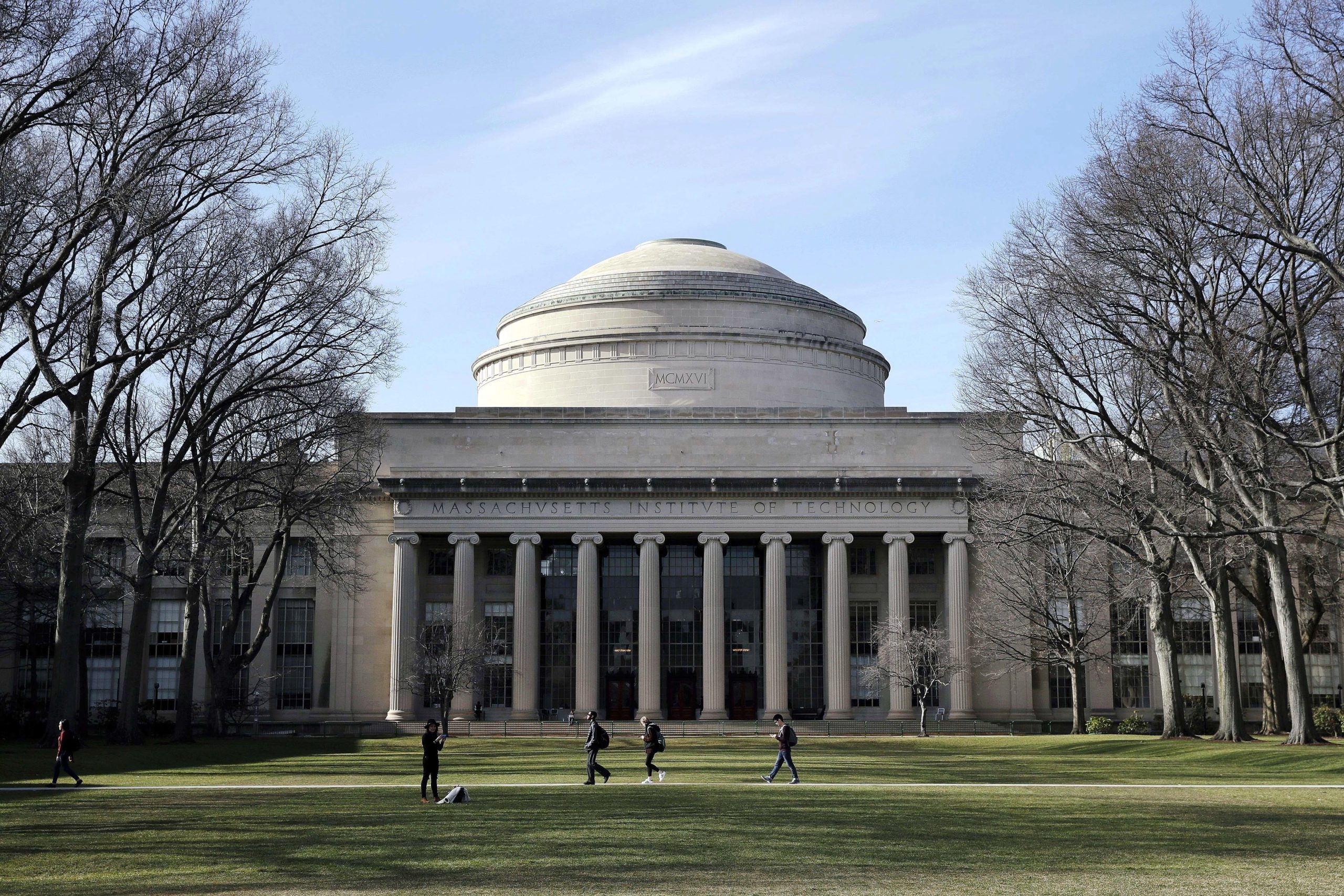More than a year after the Supreme Court restricted race-conscious admissions in Students for Fair Admissions v. Harvard, a clearer picture is starting to emerge of how some incoming classes have changed. MIT announced a sharp drop in its number of Black, Hispanic, Native American and Pacific Islander students, and other elite schools are also experiencing drops.
In my view, there is much to be learned from a major blunder committed by MIT following the Supreme Court ruling: MIT admissions officials acknowledge that they purposefully did not collect race or ethnicity data for applicants this year, even though nothing in the court’s ruling prohibits this.
Collecting applicant demographic data on race is still incredibly important. Such data provides insight into what sorts of outreach strategies are needed, as well as information critical to understanding how students from historically underrepresented groups are reacting to the Supreme Court ruling. Are students just not applying to certain institutions? Are they applying but not getting in? Or are they getting in but choosing not to attend?
Without knowing the makeup of the applicant pool, MIT is at a significant disadvantage as it works to answer these questions. Institutions that value diversity must not bend over backward to appease Edward Blum, the mastermind behind efforts to restrict the use of race in college admissions.
Related: Interested in innovations in the field of higher education? Subscribe to our free biweekly Higher Education newsletter.
Importantly, in the ruling, Supreme Court Justice John Roberts noted that campuses can still consider experiences related to race and how they shape students as individuals.
Some colleges hoped that having students discuss race-related experiences in their essays would be enough to help prevent major regressions in diversity. However, the drop in the number of students from historically underrepresented groups at MIT and other selective schools is a reminder that there is no substitute for direct consideration of race/ethnicity in admissions in many contexts.
“Direct consideration” does not mean determinative: It just means being able to consider race as one of many factors influencing a student’s background and potential contributions.
In addition, MIT’s situation speaks to the debate over standardized tests. It claims that its drop in diversity is not because it went back to required testing in 2022. In fact, MIT admitted its most diverse class ever in 2023 under required testing.
However, requiring standardized testing without race-conscious admissions is a totally different situation from the days when institutions could require tests but still consider race.
Other schools that are returning to required testing, like Dartmouth, Harvard and Brown, have yet to conduct an admissions cycle without test-optional policies. Only time will tell if they will experience outcomes similar to MIT after they bring back required testing.
Some argue that requiring the SAT can help identify talented low-income students who might not submit scores under test-optional policies. Regardless of whether this claim is true, it doesn’t mean that requiring the SAT will facilitate enrollment for Black, Latinx and Indigenous students in the absence of race-conscious admissions. While overlap exists between race and class, the two categories aren’t interchangeable. Tools that work for expanding economic diversity don’t necessarily do the same thing for racial diversity, as research indicates. Expanding economic opportunity is important, but we cannot forget racial diversity.
RELATED: Cutting race-based scholarships blocks path to college, students say
Regarding testing, we can learn from states where race-conscious admissions had already been banned for years before the Supreme Court ruling. Schools in these states have been pleased with the outcomes of test-free and test-optional admissions.
For example, under test-free admissions, the University of California system admitted its most diverse class ever. Under test-optional admissions, the University of Michigan saw slight increases in Black student enrollment. Whether going test-optional was the cause is hard to know, but Michigan was satisfied enough to formally adopt test-optional policies.
Just changing testing policy won’t fix everything. Test-optional on its own was not enough to prevent a stark drop in the numbers of Black and Hispanic students at Amherst College following the Supreme Court ruling, but the situation may have been worse under a test-required policy. Research suggests that test-optional or test-free admissions can be one tool in a broader set of reforms.
It might seem as if colleges are out of legal options to defend race-conscious admissions, but they aren’t. The nonpartisan Congressional Research Service noted another possibility: “[R]emedying educational institutions’ past discrimination is a compelling government interest distinct from the interest in fostering student-body diversity that the Court appeared to reject in Students for Fair Admissions.”
An institution, they noted, “could still take action (including, perhaps, race-conscious action) to remedy its own past racial discrimination.”
MIT’s dean of admissions, Stuart Schmill, noted that “MIT does not shrink from hard problems in science or in society, and we will do what we can, within the bounds of the law.”
If that statement is really true, MIT should commit to exhausting all legal options to defend diversity, including the paths that have yet to be taken. Other schools in similar situations should do the same.
Julie J. Park is professor of education at the University of Maryland, College Park. She is currently working on a book on admissions post-SFFA, and served as a consulting expert in SFFA v. Harvard on the side of Harvard. She co-directs the College Admissions Futures Co-Laborative.
Contact the opinion editor at opinion@hechingerreport.org.
This story about college student diversity was produced by The Hechinger Report, a nonprofit, independent news organization focused on inequality and innovation in education. Sign up for our higher education newsletter. Listen to our higher education podcast.
Related articles
#year #Supreme #Courts #historic #affirmative #action #ruling #MITs #drop #student #diversity #cautionary #tale
